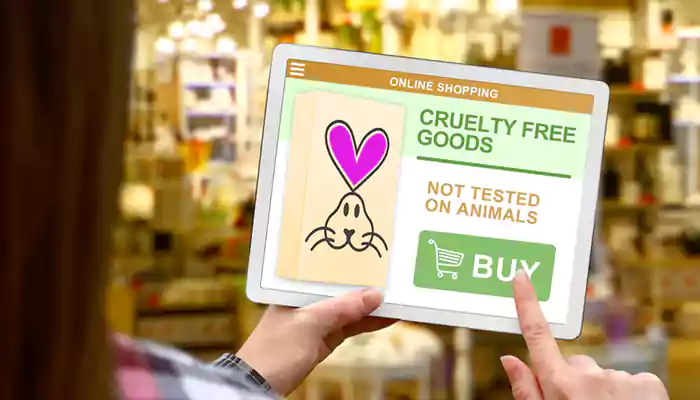
Cruelty-free beauty products have become a significant part of the cosmetics industry, reflecting a shift in consumer values towards ethical and sustainable practices.
Let’s dive into the world of cruelty-free beauty, exploring its definition, market growth, consumer attitudes, challenges, and the future outlook.
Understanding Cruelty-Free Beauty
Cruelty-free beauty products are those that have not been tested on animals at any stage of their development. This distinction is crucial as traditional cosmetics testing often involves procedures that can cause pain, suffering, or death to animals. The term 'cruelty-free' can apply to both the ingredients and the final product.
The Rise in Popularity
The demand for cruelty-free cosmetics has seen a substantial increase over the past decade. According to a report by Grand View Research, the cruelty-free cosmetics market size worldwide is expected to reach USD 14.23 Billion by 2030. Growth is driven by rising consumer awareness of animal rights and a growing inclination towards ethical products.
Consumer Attitudes and Behaviour
A significant driver behind the rise of cruelty-free beauty products is changing consumer attitudes. A survey conducted by Nielsen found that 40% of consumers are willing to pay more for products that are environmentally friendly or ethical. Social media has played a pivotal role in this shift, with influencers and activists using platforms to educate and influence their audience.
Certification and Labels

Navigating the world of cruelty-free products can be challenging due to the lack of a universally accepted definition and certification. Organizations like PETA (People for the Ethical Treatment of Animals), Leaping Bunny, and Choose Cruelty-Free offer certifications. However, the criteria for these certifications can vary, leading to confusion among consumers.
The Challenges in Cruelty-Free Cosmetics
One of the main challenges in the cruelty-free cosmetics industry is the regulatory environment. For instance, in China, imported cosmetics are required by law to be tested on animals, although there have been recent changes to this policy. This regulation poses a dilemma for cruelty-free brands aiming for global expansion.
Another challenge is the misconception that cruelty-free products are less effective or offer a narrower range of choices. However, advancements in technology and an increase in cruelty-free brands have significantly widened the range of available products without compromising on quality.
Ethical and Environmental Considerations
Cruelty-free cosmetics often intersect with veganism and environmental sustainability. Vegan cosmetics, for example, contain no animal-derived ingredients, aligning with cruelty-free principles. Moreover, many cruelty-free brands focus on sustainable packaging and environmentally friendly ingredients, addressing broader concerns about the environmental impact of beauty products.
Economic Impact
The shift towards cruelty-free products has a significant economic impact on the cosmetics industry. Brands that have adopted cruelty-free practices often see a positive response from consumers, leading to increased sales and brand loyalty. Conversely, companies that do not embrace these practices may face consumer backlash and declining sales.
The Future of Cruelty-Free Cosmetics
Looking ahead, the future of cruelty-free cosmetics appears bright. Technological advancements, such as in vitro testing and computer models, offer alternatives to animal testing, making it easier for companies to adopt cruelty-free practices. Additionally, the increasing demand for ethical products is likely to drive further growth in this sector.
The world of cruelty-free beauty products represents a significant and growing segment of the cosmetics industry, driven by changing consumer attitudes and a broader movement towards ethical and sustainable practices. While challenges remain, particularly in regulatory and market perception areas, the trend towards cruelty-free products is likely to continue, propelled by technological advancements and increased consumer demand. As more companies adopt these practices, the hope is that cruelty-free beauty becomes the norm rather than the exception, leading to a more ethical and responsible cosmetics industry.












